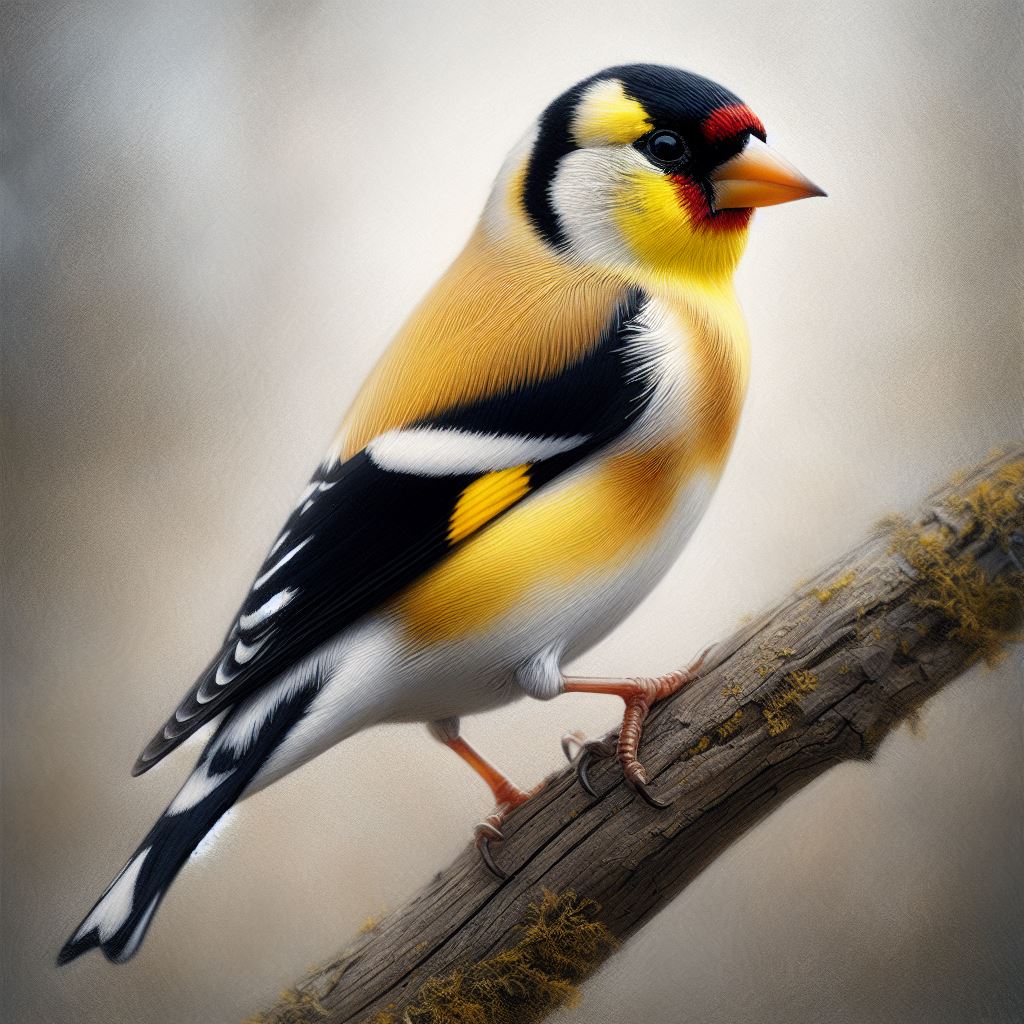Most beautiful small birds - Sykalo Eugen 2024
Dickcissel (Spiza americana)
Identification:
- Species name: Dickcissel
- Scientific name: Spiza americana
- Family: Cardinalidae (Cardinals, Grosbeaks, and Buntings)
- Order: Passeriformes (Songbirds)
- Subclass: Neornithes (Modern birds)
- Class: Aves (Birds)
Description:
- Size: Medium-sized songbird, about 17-19 cm (6.7-7.5 in) long with a wingspan of 26-30 cm (10.2-11.8 in).
- Body shape: Stocky and compact, with a short neck, a large head, and a thick, conical beak.
- Plumage color:
Males (breeding season): Striking black bib and face mask, chestnut belly and chest, yellow throat, olive-brown upperparts, and white wing bars.
Females and non-breeding males: Streaked brownish upperparts, duller buffy underparts, and a less defined black mask.
All genders have a distinctive white stripe above the eye.
- Beak: Thick and conical, dark grey in color, suitable for cracking seeds and gleaning insects.
- Legs: Pale brown.
- Tail: Moderately long and slightly forked.
Behavior:
- Method of feeding: Primarily ground feeders, consuming a variety of seeds, insects, and berries.
- Reproduction: Builds cup-shaped nests on the ground or low in vegetation. Lays 3-5 pale blue eggs with dark markings. Both parents care for the young.
- Movement: Migratory, breeding in North America and wintering in Mexico and Central America.
- Communication: Loud and distinctive "dick-cissel" song, often delivered from exposed perches. Males sing to defend territory and attract mates.
Ecology:
- Habitat: Grasslands, meadows, fields, and open woodlands with low vegetation.
- Diet: Seeds, insects, berries, buds, and other plant material.
- Hunting methods: Forages on the ground, scratching leaf litter and searching for fallen seeds and insects. Also gleans food from low vegetation.
Distribution: Found across central and eastern North America, from southern Canada to Mexico. Winters in Mexico and Central America.

The Dickcissel — a bird with a name that might spark a chuckle but a song that will melt your heart. This unassuming bird of North American grasslands might seem like a simple sparrow at first glance, but beneath its streaked plumage lies a treasure trove of fascinating facts and quirks that will leave you charmed by this feathered maestro of the meadows:
Melody Makers: The Dickcissel's song is anything but simple. Their rich, lyrical whistles and trills fill the air with a joyful melody, often incorporating mimicry of other birds' calls. Imagine them as feathered troubadours with built-in musical libraries!
Grassland Guardians: Dickcissels are vital contributors to healthy prairies. Their insectivorous diet helps control pest populations, while their droppings enrich the soil, promoting plant growth and maintaining the vibrant tapestry of the grasslands. Talk about feathered conservationists with built-in pest control systems!
Unexpected Nest Architects: Unlike most birds that build nests in trees or bushes, Dickcissels prefer the cozy haven of the ground. They weave intricate nests amongst tall grasses, offering camouflaged havens for their chicks. Think of them as feathered landscape designers with built-in camouflage kits!
Cooperative Breeders: Though not as common as in other species, Dickcissels sometimes engage in cooperative breeding. Helpers, often older offspring or non-breeding individuals, assist the breeding pair in raising chicks, providing extra food and protection. It's a feathered commune with built-in childcare!
Hidden Song Variation: Did you know? Not all Dickcissel males sing the same tune! Their songs vary geographically, creating a diverse avian choir across the vast grasslands. It's like a feathered dialect map with built-in regional accents!
Unexpected Dancers: Dickcissel courtship rituals aren't just a simple chirp and flutter. Males perform elaborate dances, strutting, hopping, and even fluttering their wings to impress potential mates. Imagine them as feathered ballroom dancers with built-in choreography!
Cultural Charmers: For centuries, the Dickcissel has held a special place in North American cultures. Its melodious song has inspired poets and musicians, while its presence symbolizes the vastness and beauty of the prairie landscape. It's a testament to the enduring fascination we have with these feathered ambassadors of the grasslands.
Vulnerability and Hope: Unfortunately, Dickcissel populations have declined in recent decades due to habitat loss and fragmentation. Conservation efforts are crucial to ensure these feathered maestros continue to grace the meadows with their songs and dances for generations to come.